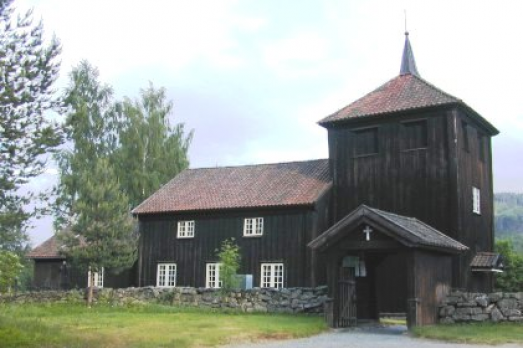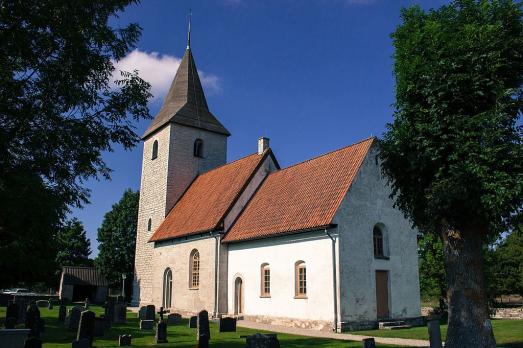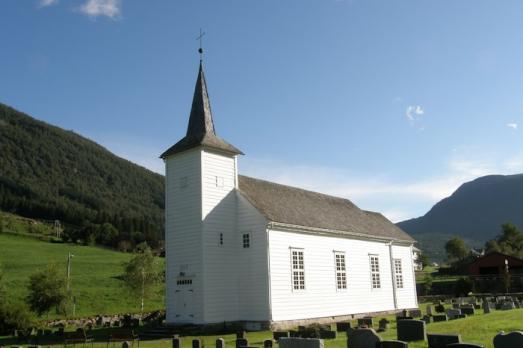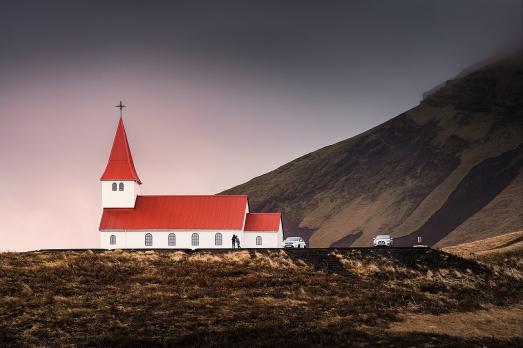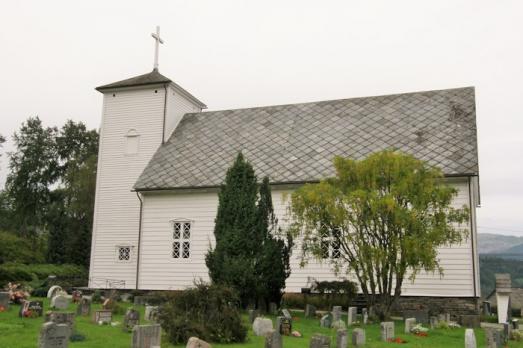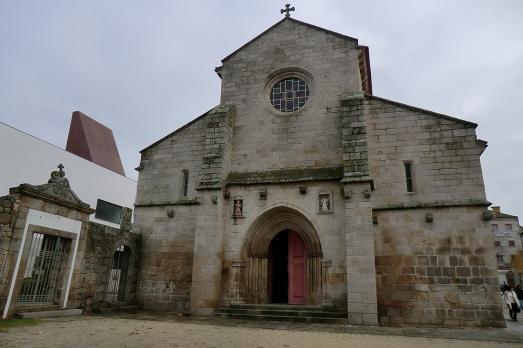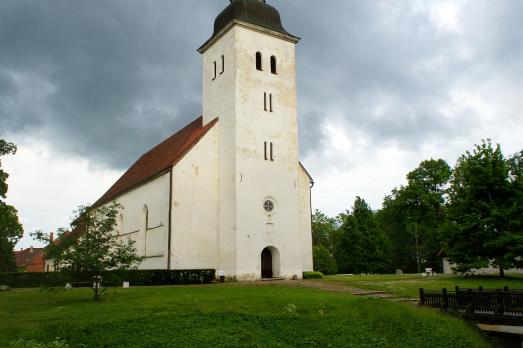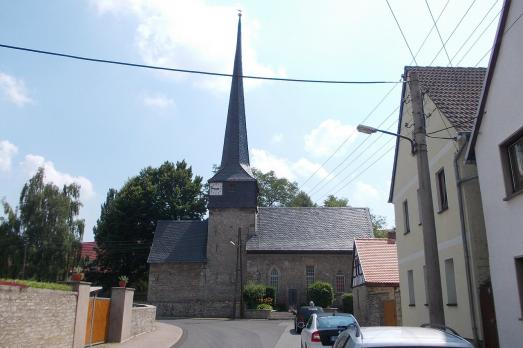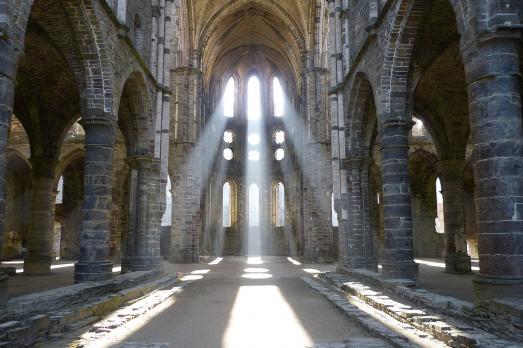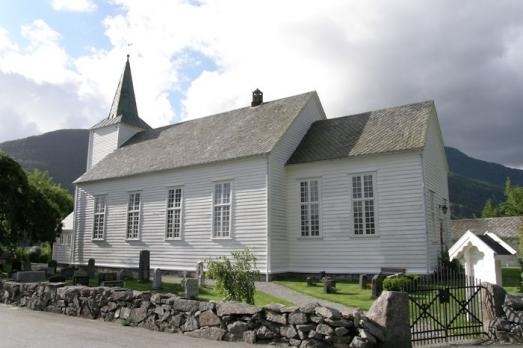
Vikedal Church
Vindafjord, NO
The Vikedal Church is a long Late Empire style church dating from 1881. The church was built according to the standard plans of the architect Jacob Wilhelm Nordan. The altarpiece is probably the biggest treasure of the church. The painting is a work from 1654 by Thomas Snekker who was one of the leading Renaissance artists of Stavanger in Rogaland.
